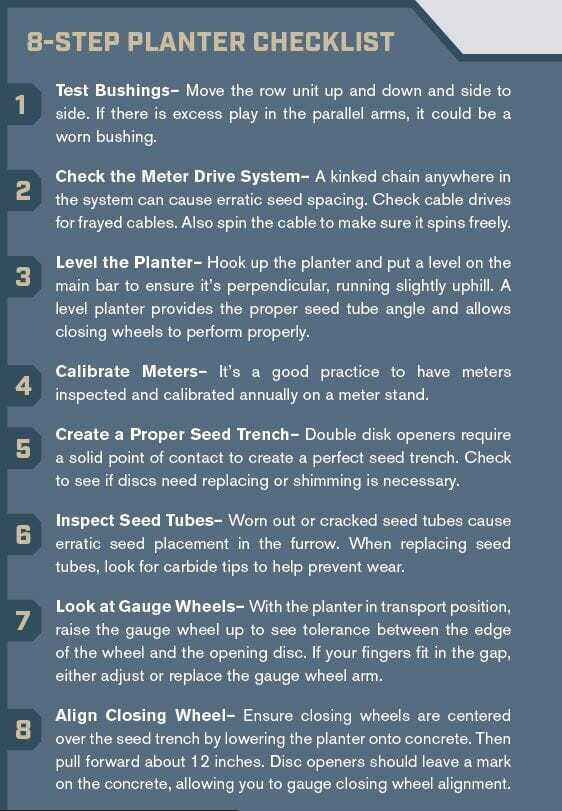Are you getting the biggest bang for your buck from your nitrogen application? #AskTheAgronomist
1:06 — Welcome & topic introduction
2:26 — Nitrogen 4 R’s: right source, right time, right place
5:30 — Right rate
9:36 — On-farm research with Data Forward
-
Latham Hi‑Tech Seeds
#AskTheAgronomist: Nitrogen Application
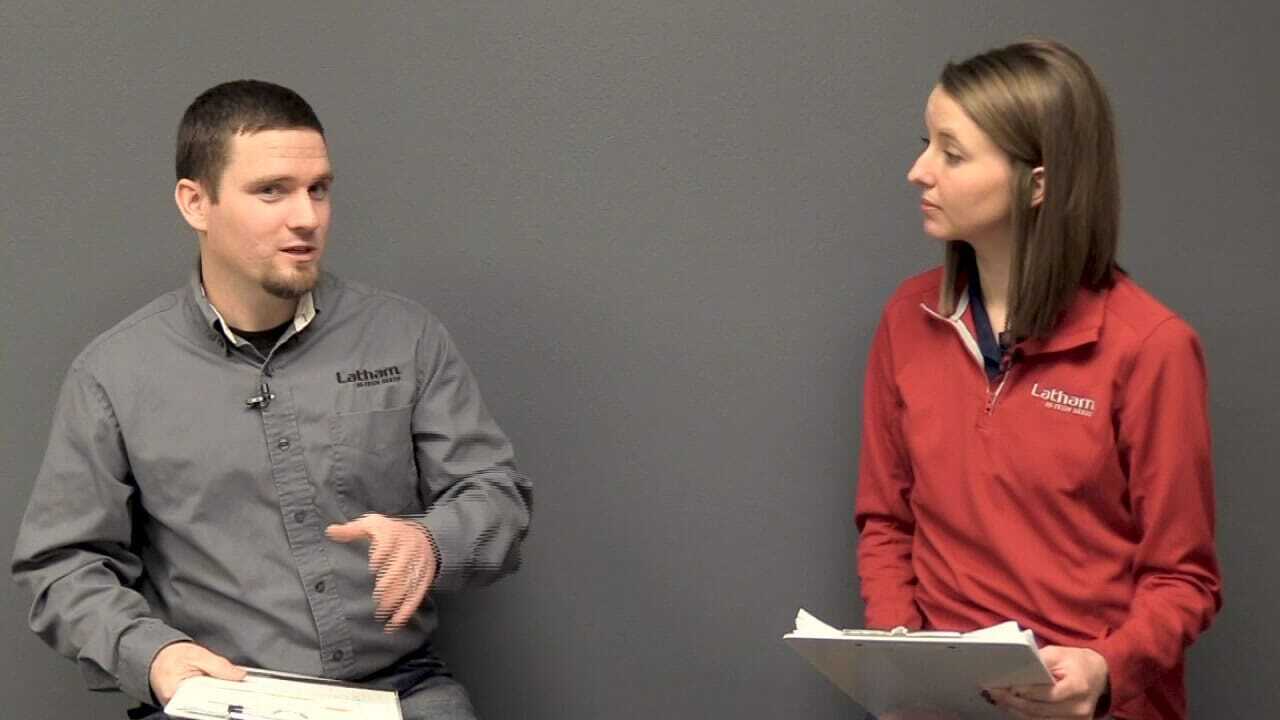
-
Latham Hi‑Tech Seeds
Ask The Agronomist: SCN & SDS
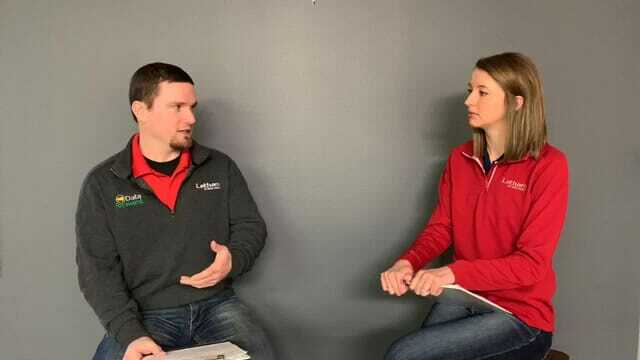
Join us live this morning as we discuss how to plan for Soybean Cyst Nematodes and Sudden Death Syndrome this spring. #AskTheAgronomist
0:45 Topic introduction
1:41 SCN economic impact
3:01 SDS economic impact
3:36 Managing SCN & SDS
7:50 Data Forward Program can help -
Latham Hi‑Tech Seeds
#AskTheAgronomist: Fallow Syndrome
Will you be facing Fallow Syndrome this season? Phil Long talks about the implications of this condition and how to prepare for 2020.
0:40 — Topic introduction
1:23 — Why is Fallow Syndrome important?
3:00 — What makes the Fallow Syndrome worse?
6:15 — How to prepare for 2020? -
Latham Hi‑Tech Seeds
Focus on Achieving Even Emergence for Maximum Yield
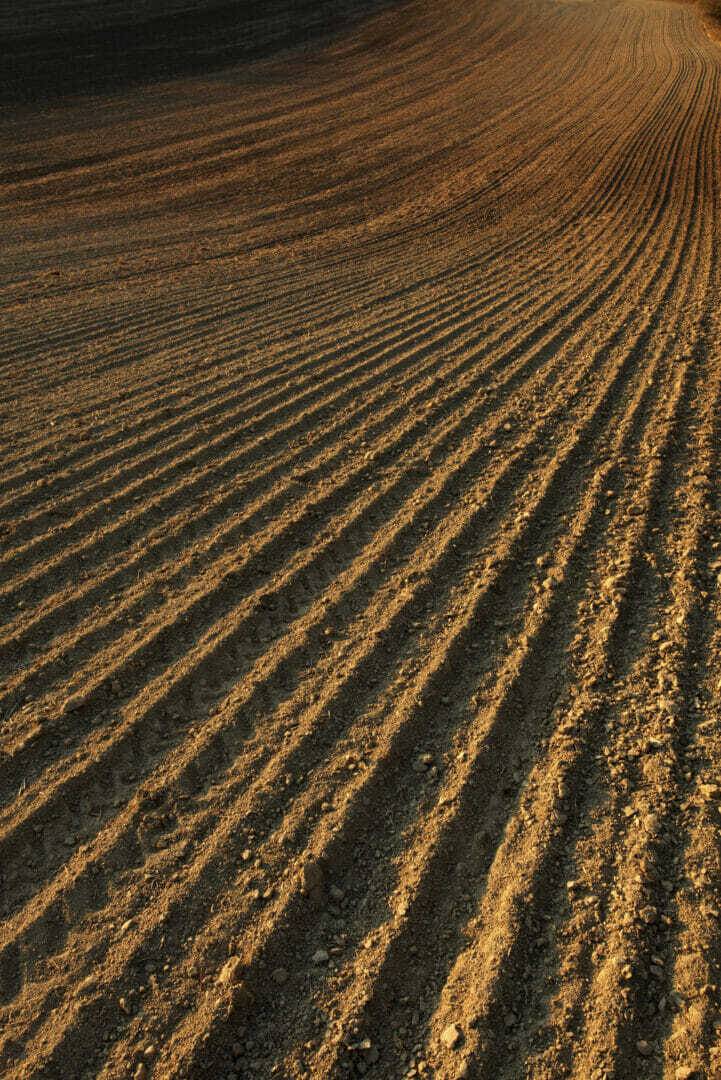
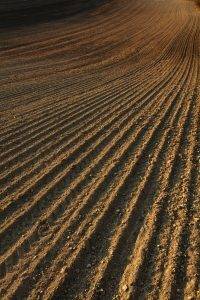
By Darin Chapman, Precision Agronomy Advisor
The cost of achieving uniform emergence is a complicated one as achieving uniform emergence is dependent upon receiving adequate moisture, heat units and proper seed-to-soil contact.
If you’ve struggled with achieving uniform emergence, there are three key areas on which to focus. Start at the front of the planter and work your way back:
1. Look at the row cleaners. Assure the planter is clearing trash as it moves through the field.
2. Next, check the downforce to make sure that seeds are being placed at a consistent seed depth across your field. Take the time to dig in the trench behind the planter, which is important but often overlooked.
3. Maintaining consistent seed-to-soil contact and proper closing of the seed trench is vital.
There are many options to control these aspects at varying levels of cost. Look at your own operation and balance the improvements you desire with the potential return on investment. Below are options to consider for even emergence:
· Tillage Practices– Prepare an optimal seed bed.
· Residue Management– Move residue, not topsoil.
· Planter Row Unit Maintenance– Use an annual planter checklist. (See sidebar below.)
· Planter Downforce– Look at planter upgrades for the best down and lift force option for your operation. In certain cases, lift force versus downforce is more beneficial.
· Seed Settlement– Make sure seed is reaching the bottom of trench for seed-to-soil contact.
· Closing the Trench– Confirm the closing system is doing its job to close the trench; make certain there are no air pockets.
Non-uniform stands result in lower yields because the smaller plants that emerge later cannot capture enough sunlight. Without even emergence, your work to achieve even seed spacing and singulation is in vain. The extra time spent now on planter maintenance will be worth it come spring planting.
Contact your Latham Precision Agronomy Advisor to take a deeper look at your operation now. We’re here to help you achieve better emergence.
-
Latham Hi‑Tech Seeds
#AskTheAgronomist: Talc USA Benefits
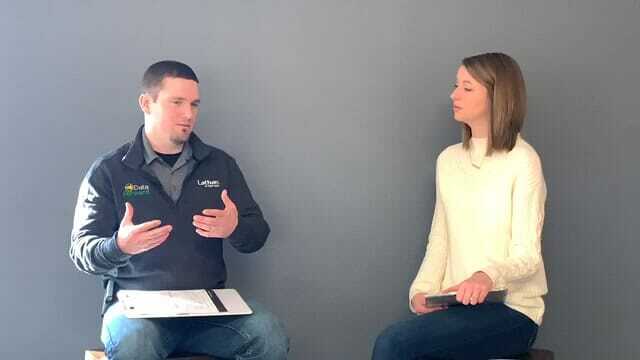
Is talc worth it? Phil Long reviews real benefits of our Talc USA line and research from our test at Alexander. #LathamSeeds
0:40 — Topic Introduction
1:30 — The importance of talc
3:10 — Why Talc USA?
4:30 — Talc study at Latham Seeds
7:00 — How to incorporate Talc USA products on you farm -
Latham Hi‑Tech Seeds
#AskTheAgronomist: Plan for 2020 Corn Planting

Tune in for 3 corn planning tips for the 2020 season! #AskTheAgronomist
0:18 — Topic Introduction
1:25 — Select full-season maturities
4:10 — Nitrogen Application
7:25 — Sidewall CompactionFor more information, view an article on corn planting tips here: https://www.lathamseeds.com/2020/02/tips-for-planning-for-the-best-corn-crop-possible-in-2020/
-
Latham Hi‑Tech Seeds
Looking Through Latham’s Lens
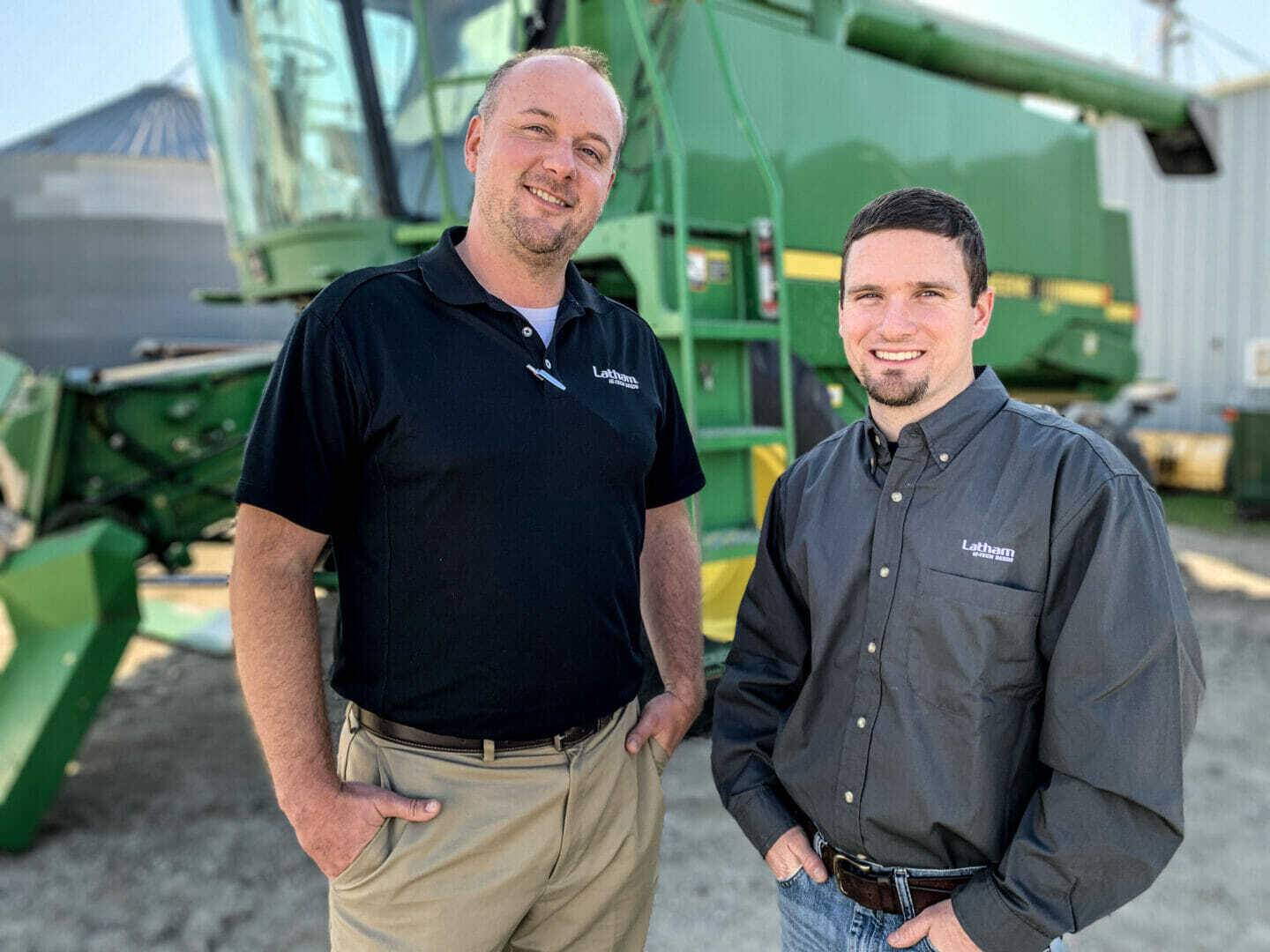
Looking Through Latham’s Lens: Today we are featuring our Data Forward™ Team! Precision Agronomy Advisors Phil Long and Darin Chapman will walk with you through the world of precision agriculture. Learn more about our program here: https://www.lathamseeds.com/2020/02/now-available-latham-seeds-data-forward-app/
-
Latham Hi‑Tech Seeds
#AskTheAgronomist: Data Forward App Release
 Our Data Forward app is now available! Tune in to hear three highlights on this program!0:22 — Topic Introduction0:50 — What is Data Forward?1:50 — Our Latham Led Approach2:50 — Program Independence3:40 — Program Transparency4:50 — What are quality insights?6:03 — Acre by acre management
Our Data Forward app is now available! Tune in to hear three highlights on this program!0:22 — Topic Introduction0:50 — What is Data Forward?1:50 — Our Latham Led Approach2:50 — Program Independence3:40 — Program Transparency4:50 — What are quality insights?6:03 — Acre by acre management -
Latham Hi‑Tech Seeds
Now Available: Latham Seeds Data Forward™ App

Quality is a word by which we’ve measured our work − from product selection to service − for more than 70 years.
For us, quality data means more than just collecting and reflecting on last year’s results. It’s moving your Data Forward by understanding how technology in the cab and data layers can be put to work on your farm for maximum profit per acre. We believe your data can be the foundation to drive decision making and keep your farm sustainable.
We are excited to expand our quality offerings at Latham Seeds with our NEW Data Forward App!
Our Latham led personal approach helps utilize your current data to see more profit. Our advisors will conduct a data quality analysis of your current data; clean and organize each layer of data; and share results and recommendations with you.
Benefits include:
- Data Organization. Our advisors work to collect and update your data into our user-friendly, mobile system.
- Yield Analysis & Insights tailored to your farm. An example of this is analyzing yield to understand optimal seeding rate for each hybrid on your fields.
- Testing and Trials to determine what’s best for your fields. Evaluate ROI on a variety of products such as TALC and seed treatment.
Contact your Latham Seeds Sales Representative Latham’s Precision Agronomy Advisors Phil Long or Darin Chapman at 1.877.GO.LATHAM to get started.
-
Latham Hi‑Tech Seeds
#AskTheAgronomist: Sulfur & Soybeans
 Are you looking for the next step in your soybean yield? Tune in for discussion on sulfur and soybeans! #AskTheAgronomist0:20 – Topic introduction1:25 – The role of sulfur3:50 – How soybean plants respond to sulfur6:50 – Recommended sulfur forms8:50 – Final thoughts
Are you looking for the next step in your soybean yield? Tune in for discussion on sulfur and soybeans! #AskTheAgronomist0:20 – Topic introduction1:25 – The role of sulfur3:50 – How soybean plants respond to sulfur6:50 – Recommended sulfur forms8:50 – Final thoughts
